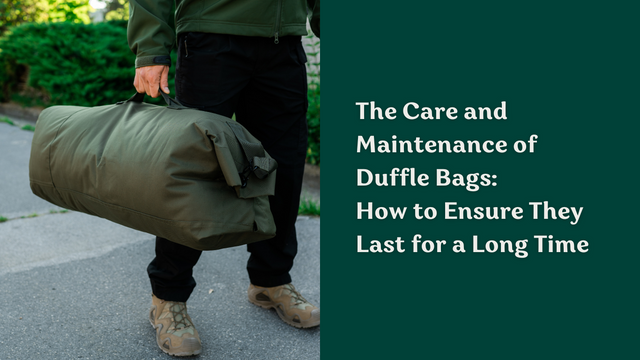
Duffle bags are a popular choice for travel and sports gear because they are spacious, lightweight, and easy to carry. However, like any other item, duffle bags need proper care and maintenance to last a long time. Here are some tips on how to take care of your duffle bag and extend its lifespan.
Cleaning your duffle bag
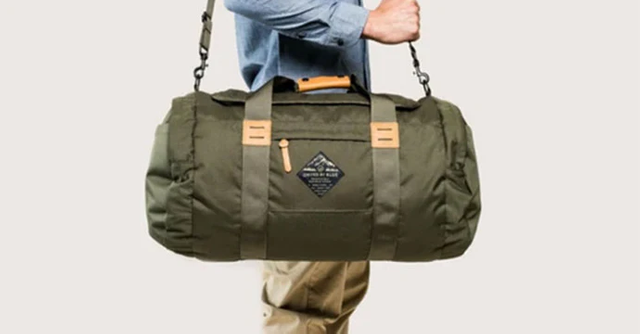
Duffle bags accumulate dirt, stains, and odors over time, especially if you use them frequently for sports or travel. It's important to clean your duffle bag regularly to keep it looking and smelling fresh. Here are some tips for cleaning the exterior and interior of your duffle bag:
- Remove dirt and stains from the exterior by wiping the bag with a damp cloth or sponge. For tougher stains, you can use a mild soap or detergent. Avoid using harsh chemicals or abrasive scrubbers, as they can damage the fabric or finish of the bag.
- To clean the interior of your duffle bag, remove any items and shake out the bag to remove loose dirt and debris. Then, wipe the inside with a damp cloth or sponge using mild soap or detergent.
- If your duffle bag has a lining or removable inserts, you can remove them and wash them separately. Follow the care instructions provided by the manufacturer, as different materials may require different cleaning methods.
- How often you should clean your duffle bag depends on how often you use it. If you use it regularly for sports or travel, you may need to clean it once a week or monthly. If you use it less frequently, you can clean it less often, but aim to clean it at least once every few months to prevent dirt and stains from building up.
Protecting your duffle bag from water damage
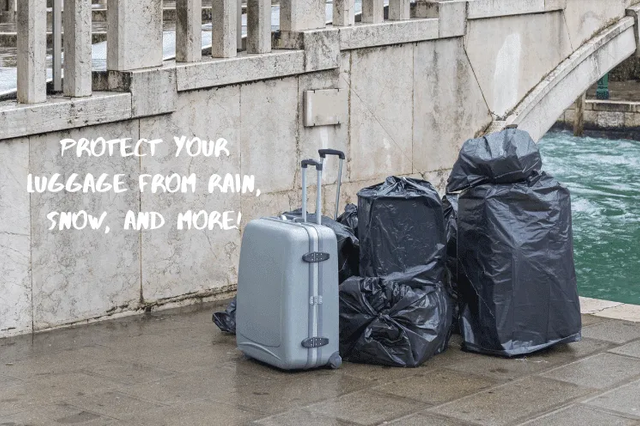
Duffle bags are not always waterproof, so it's important to take precautions to protect duffle bags from water damage. Here are some options to consider:
- Waterproof your duffle bag. Several products on the market can help you waterproof your duffle bag. These can be applied to the bag's exterior, forming a barrier that repels water and moisture. You can also find duffle bags that are made of waterproof materials, such as nylon or polyester.
- Use a rain cover. Another option is to use a rain cover, which is a waterproof cover that fits over your duffle bag and protects it from rain and moisture. Rain covers come in different sizes and styles, so you can find one that fits your duffle bag and your needs.
- Avoid exposing your duffle bag to water and moisture as much as possible. Try to keep your duffle bag away from wet or damp environments, such as rain, snow, or humidity.
- Remove any items from the duffle bag and shake them out to remove excess water.
- Wipe the inside and outside of the bag with a dry cloth or towel to absorb as much water as possible.
- Stuff the duffle bag with newspaper or other absorbent materials to help soak up the remaining moisture.
- Leave the duffle bag open and in a well-ventilated area to allow it to dry completely.
- Fold your duffle bag properly. Avoid folding or creasing your duffle bag in the same place repeatedly, as this can weaken the fabric and cause it to wear out more quickly. Instead, try to distribute the folds and creases across the bag evenly.
- Store your duffle bag in a cool, dry place. Avoid storing your duffle bag in damp or humid environments, as this can lead to mould and mildew growth. If you store your duffle bag in a closet, garage, or attic, ensure the area is well-ventilated and free of pests.
- Use a protective cover or storage bag. You can use a protective cover or storage bag to protect your duffle bag from dust, dirt, and other elements. These are made of durable materials and can help keep your duffle bag clean and safe while it's not in use.
- Torn handles: If the handles of your duffle bag are frayed or torn, you can repair them with a needle and thread or fabric glue. First, cut away any loose threads or frays. Then, use a strong, matching thread or glue to secure the handles back. You may need to replace the handles if the damage is extensive.
- Broken zippers: If the zipper of your duffle bag is stuck or broken, you can try to fix it by cleaning the teeth with a toothbrush or a small wire, lubricating the zipper with a silicone-based lubricant, or replacing the zipper pull. If these methods don't work, you may need to seek professional repairs or replace the zipper.
- Worn-out fabric: If the fabric of your duffle bag is worn out or frayed, you can try to patch it up with a patch or a piece of fabric. First, cut a patch or fabric slightly larger than the damaged area. Then, please attach it to the duffle bag with a needle, thread, or fabric glue. Use a strong, matching thread or glue to ensure a secure and lasting repair.
Storing your duffle bag
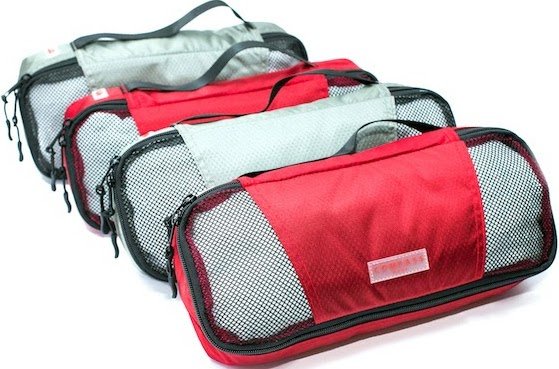
Proper storage can help prevent damage to your duffle bag and keep it in good condition. Here are some tips for storing your duffle bag:
Repairing damages to your duffle bag
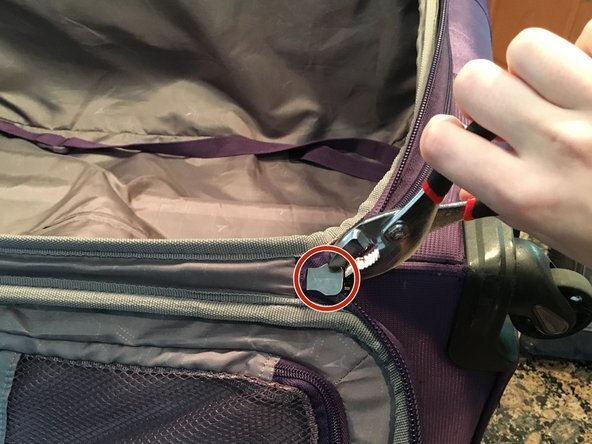
Despite your best efforts, your duffle bag may suffer from damages such as torn handles, broken zippers, or worn-out fabric. Here are some tips for repairing these common types of damage:
Conclusion
Taking care of your duffle bag requires effort and attention, but it is worth it in the long run. By cleaning, protecting, storing, and repairing your duffle bag, you can extend its lifespan and get the most out of it. So the next time you use your duffle bag, remember to treat it with care; it will serve you well for many future trips and adventures.